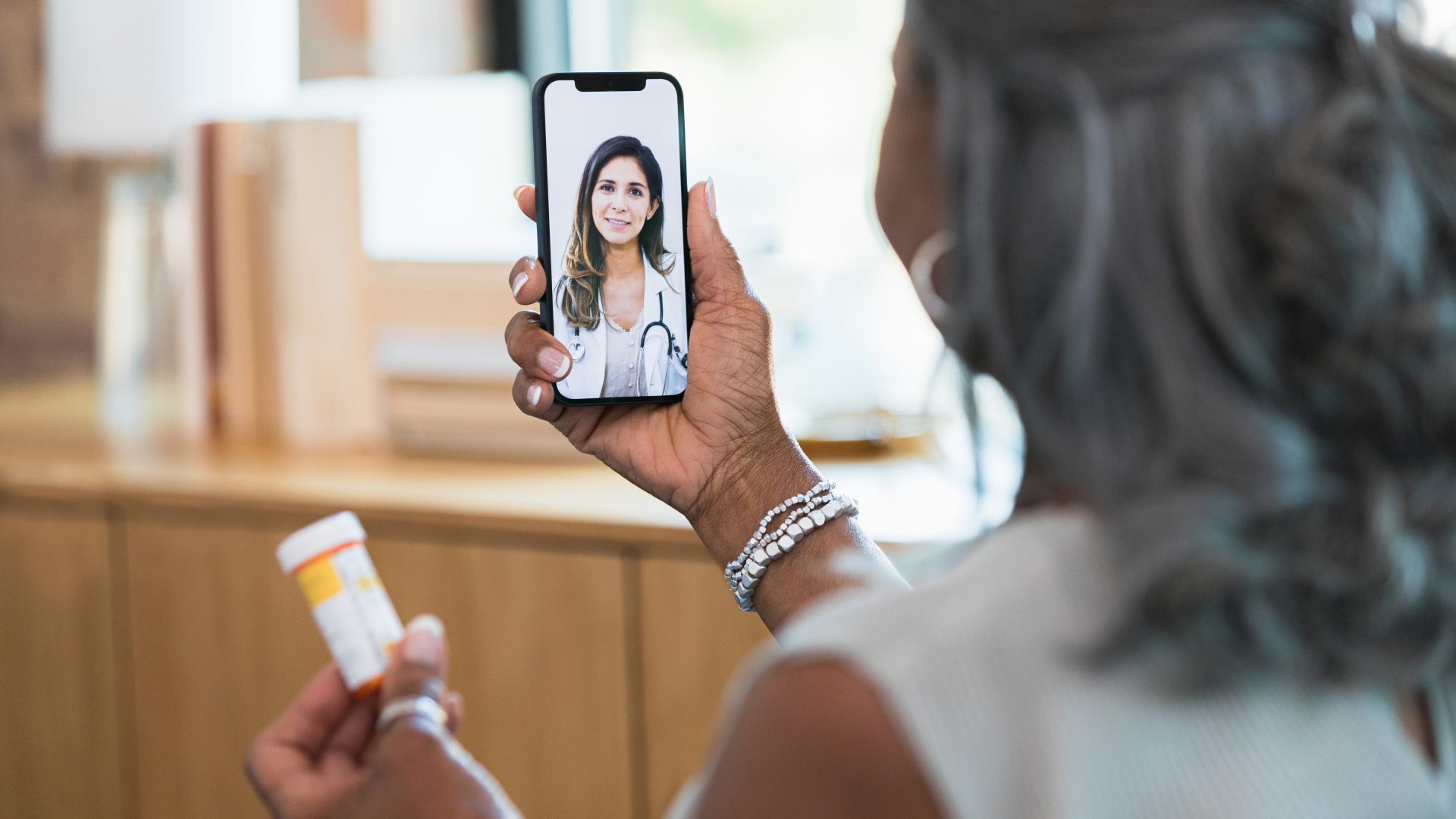Diabetes risk may be modifiable through healthy lifestyle habits, and interventions for adults with prediabetes have been shown to be effective. Still, few individuals aged 65 years and older at risk for type 2 diabetes participate in evidence-based programs to reduce their risk.
One barrier may be the in-person model for delivering diabetes prevention care, according to geriatric specialists at NYU Langone Health. They are leading an ongoing trial, the BRInging the Diabetes Prevention Program to GEriatric Populations (BRIDGE) study, to assess an alternative, telehealth-based Diabetes Prevention Program (DPP) tailored for older adults with prediabetes.
“As of 2018, Medicare reimburses for provision of a CDC-approved diabetes prevention program curriculum delivered in-person,” says Emily Johnston, PhD, MPH, a research assistant professor of medicine. “However, in-person DPPs are usually offered only at hospitals, YMCAs, and health departments, limiting accessibility for older adults.”
“In-person DPPs are usually offered only at hospitals, YMCAs, and health departments, limiting accessibility for older adults.”
Emily Johnston, PhD, MPH
“Offering an online version could be an innovative way to extend the reach of the DPPs to low-income seniors and other marginalized groups,” says Joshua Chodosh, MD, director of the Division of Geriatric Medicine and Palliative Care. “Additionally, the online format could reduce the cost for implementing and administering the program.”
While some online DPPs are available, many are cost-prohibitive and not tailored to the unique needs of older adults.
The BRIDGE Study
In addition to comparing the effectiveness of two different strategies for delivering a tailored DPP to older adults with prediabetes, the BRIDGE study is also examining the feasibility of delivering either approach as a primary care integrated program.
NYU Langone researchers are recruiting patients and randomizing them to a 12-month DPP either delivered via videoconferencing or traditional, in-person programming. Participants are men and women with prediabetes who are 65 years and older and have a body mass index (BMI) within the overweight or obesity range. The primary outcomes are six-month weight loss (effectiveness) and program participation (feasibility).
Based on data from a preliminary pilot study, videoconferencing appears to be a feasible and acceptable way to administer a DPP to older adults, says Dr. Chodosh.
“Providing DPP via videoconferencing resulted in high attendance and participant retention, and we observed a significant weight change…over the 6-week intervention period.”
Joshua Chodosh, MD
“Providing DPP via videoconferencing resulted in high attendance and participant retention, and we observed a significant weight change of 2.9 percent at a rate of 0.2 to 0.5 kilograms per week over the 6-week intervention period.”
Findings of this pilot, led by nutritional epidemiologist Jeannette M. Beasley, PhD, MPH, helped the team to adapt the DPP to meet the individual needs of older adults with prediabetes, including modifications for those with reduced hearing and visual acuity.
In the future, the team believes the results of BRIDGE could be used to inform best practices that could potentially reach more than 26 million older adults with prediabetes in hospital, community-based, and rural settings.
Informing Policy and Best Practices
During the COVID-19 pandemic, some virtual preventive care services were covered by Medicare. Dr. Johnston hopes that positive results from BRIDGE will encourage policymakers to enact permanent reimbursement for virtual DPP services.
“Our adapted care model is in keeping with the current CDC-approved DPP curriculum, but it is enhanced for older adults,” Dr. Johnston explains. “We hope this research will inform best practices for the delivery of an engaging and effective program to reduce diabetes risk that is accessible to older adults.”







